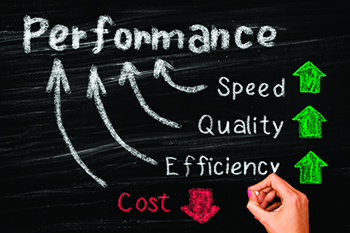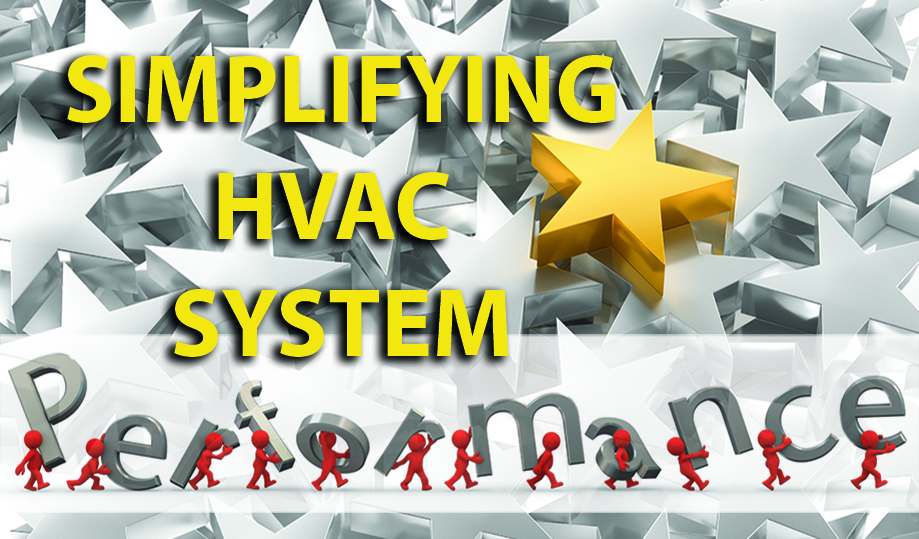Service techs aren’t immune to this thinking either. It’s common to see exceptional technicians fail to solve problems ranging from freezing coils to tripped safety switches because they are focused on the equipment. The problem isn’t always a refrigerant leak or bad TXV (Thermal Expansion Valve). Instead, issues can be with other components, such as the duct system.
Various HVAC System Components to Consider
While mechanical equipment is a vital piece of the HVAC system, additional components make a big difference. Here are several to consider:
- Properly sized and installed duct system
- Duct insulation R-values
- Duct tightness
- Grille and register selection
- Condensate drain and safeties
- Thermostat wiring/control settings
- Electrical wiring and breaker size
- Refrigeration line sizing and installation
- Proper refrigeration charge.
Without testing to verify that these system components perform as intended, the results can be disastrous.
A substantial loss in the equipment’s rated efficiency and shortened equipment lifetime often will result when we assume these components always function as designed.

Think about this: you custom design and build each system you install. YOU select each of its components. These qualities set you apart and establish your brand identity. That is tremendous differentiation for you to capitalize on.
Making a Move from Equipment to System
Once contractors and technicians realize that HVAC equipment is an HVAC system component and not the entire HVAC system, they can address actual issues. This realization can empower you to get back to your roots of providing comfort solutions instead of focusing on equipment replacement alone.
Keep in mind, once you remove a piece of equipment from a laboratory environment and place it in someone’s home, every variable the equipment was rated under just changed. If you don’t consider these variables, you typically can’t fulfill the promises made to a customer.
The Results of Performance
Once you understand the difference between the equipment and the system, it’s time to look at what makes it perform. It’s often easier to look at the results instead of diving into all the principles that drive performance. From a simplified standpoint, if everything works as it should, your systems will deliver the desired results. However, if the results aren’t there, it’s time to see which principle was overlooked.
A well-performing HVAC system will provide energy-efficient comfort into a safe and healthy environment. If your systems consistently deliver these results, there’s a good chance you’re doing the right things.
However, if you can’t say your results are consistent, consider the last time you measured and calculated the following:
- Static pressures
- Airflow
- Temperature
- Btus.
For decades, NCI’s motto has been, “If you don’t measure, you’re just guessing.™”
These measurements are the keys that unlock system performance. Without them, the invisible traits of an HVAC system stay invisible. It is your job to make these traits visible and use them to ensure your HVAC systems perform as intended.
For more resources on how to add these traits to your company, check out the PATH to Performance Series (ncilink.com/PATH) in High-Performance HVAC Today magazine (hvactoday.com).
Click Below for the Next page:













As always, another great article by David. We must always measure all of the points he brings out in this article: or, we’re shooting from the hip.
It’s too bad we don’t have an accurate, repeatable way to measure the envelope’s BTU heat loss at Design Temperature for the home’s location.